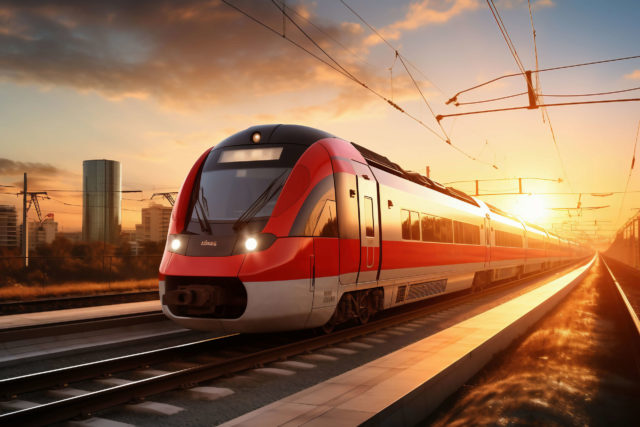The rail transport industry has always prioritized safety as a fundamental concern. Over the years, numerous advancements have been made to improve safety measures, and one of the most transformative technologies in this regard is Artificial Intelligence (AI). AI has the potential to revolutionize rail safety by enhancing predictive maintenance, automating operations, and minimizing risks.
How AI can improve rail transport safety
Predictive Maintenance
One of the most significant applications of AI in rail safety is predictive maintenance. Traditional maintenance schedules are often based on time-based intervals, which may result in either over-maintenance or missed maintenance opportunities. AI, however, allows for a data-driven approach.
Data Collection:
AI systems can gather a vast amount of data from sensors placed on rail infrastructure and rolling stock. These sensors continuously monitor various components, such as the condition of tracks, wheels, and engines.
Data Analysis:
AI algorithms can analyze this data in real-time to detect anomalies or early signs of wear and tear. By comparing current data with historical information, AI can predict when a specific component is likely to fail.
Predictive Alerts:
When AI detects a potential issue, it can send alerts to maintenance teams, enabling them to perform proactive maintenance before a failure occurs. This prevents costly breakdowns and significantly reduces the risk of accidents caused by equipment failures.

Automated Safety Protocols:
AI can also automate critical safety protocols, reducing the likelihood of human error and enhancing overall safety. Here are some ways AI can be utilized:
Collision Avoidance:
AI-based collision avoidance systems use sensors, cameras, and machine learning algorithms to monitor the track ahead. These systems can detect obstacles or other trains on the same track and automatically apply brakes or send warnings to operators, reducing the risk of collisions.
Real-time Monitoring and Response :
AI can provide real-time monitoring and rapid response capabilities that are essential for rail safety:
Track and Infrastructure Monitoring:
AI-powered drones equipped with cameras and sensors can conduct aerial inspections of tracks, bridges, and tunnels. These inspections provide a detailed view of the infrastructure and can identify potential safety hazards.

Emergency Response:
AI can streamline emergency response by automatically alerting authorities and first responders in the event of accidents or incidents. This reduces response times and enhances passenger and employee safety.
Enhanced Data Security
As railways become more connected and reliant on data-driven AI systems, cybersecurity becomes crucial. Protecting sensitive data and preventing cyberattacks is paramount to ensuring rail safety. AI can be used to develop robust cybersecurity measures to safeguard critical infrastructure and data.
For more information, click here
